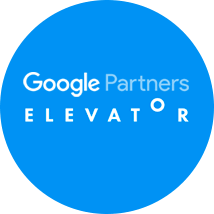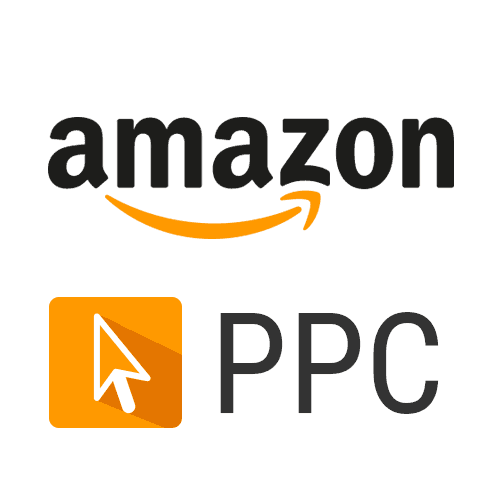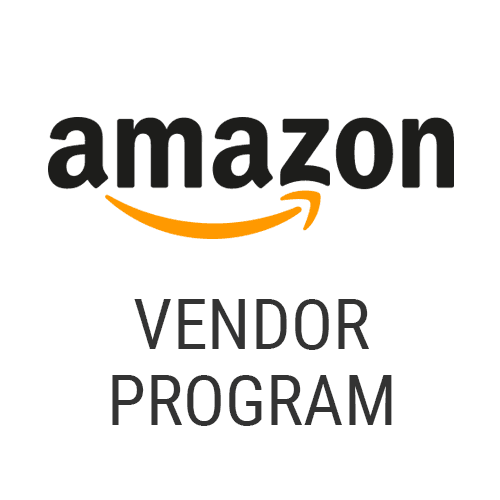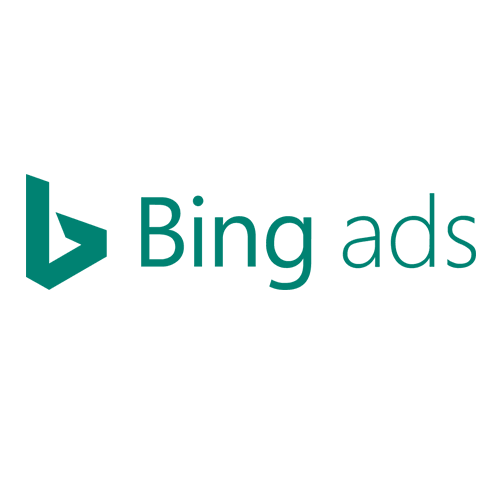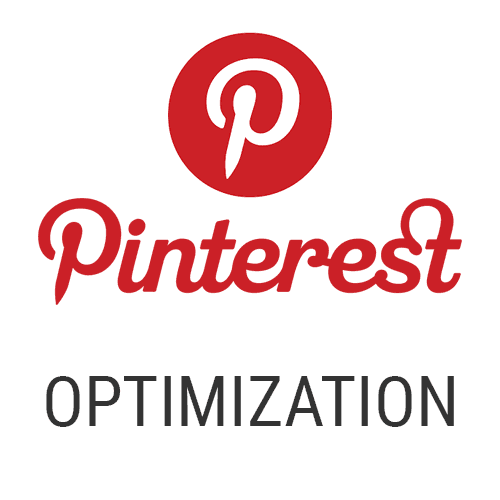Optimizing internal links
ROCKITdigital - for long-term success
Many highly successful SEOs are based on clever internal linking. This is because links are some of the most important ranking factors in Google’s algorithms. Quite often, a lot of effort is put into generating external links while forgetting that internal linking is also a highly potent SEO tool, the scope of which extends far beyond the navigation and link texts!
We use both intelligent strategies and empirical data to develop a powerful internal link strategy for your website that will propel you to success.
How important is strong internal linking for your website?
Strong internal linking is key to successful search engine optimization. Websites need internal links to allow search engines (e.g. Google) to easily categorize all of its pages. This makes it easier for search engines to index pages and to understand the whole site structure. For this reason, it makes sense to structure internal links in a way that allows Google to clearly identify pages that belong together at the topical level and relevant pages.
However, creating a strong internal link strategy is not only key for search engines, but also for visitors, because it allows them to identify contents on your website that belong together more easily. It also makes it easier for users to switch from general content to more specific ones.
Relationship between internal links and external backlinks
Keyword rankings affect 3 different types of links:
- incoming links (external links/backlinks)
- outgoing links
- internal links
Incoming links or backlinks are one of the most well-known types of links. A backlink can not only increase a search engine’s trust in a domain, but also signals that a website will be of interest to both the website linking to it AND ITS VISITORS (!).
Generally, most external and internal links point to a website’s home page. In this regard, it is important that the internal links, as well as backlinks, inherit link juice (PageRank). This is because internal links on websites that are themselves getting more link power through backlinks are also able to inherit more link juice. This in turn makes it possible for webmasters to contribute to or determine the weight assigned to each (sub-) page themselves by structuring the website’s internal links accordingly.
It is therefore naturally the case that all three types of link (incoming, outgoing, internal) are a key part of a website or an online shop. It also means that a strong internal link structure can have a significant effect on a website’s search engine ranking!
What makes for an optimal internal link
In its patent “Ranking documents based on user behavior and/or feature data”, Google looks at internal links from a different angle. In this patent, Google points out that any links on a page are not all considered equal, and that links that are more likely to be clicked are also more likely to be assigned a higher weighting, inheriting more link juice as a consequence.
The weight assigned to a link is influenced by a wide number of factors, including:
- The website that the link is located on / whether a website has a higher or lower number of visitors/traffic
- Where the link is located on the website (the main content area, footer or sidebar)
- Whether the link is relevant to the site’s topic or content, or whether it is directly related to the text
- Whether the link has a clear anchor text and whether that text is relevant to the linked page
- The type of link (combinations of short head, mid or long tail keywords)
- Are they easily identifiable as links by users (e.g. are they underscored, in a different font)?
- The number of links on a page that compete with each other for user-clicks
ROCKITdigital's approach to optimizing internal links
1. We assess the status of your website’s structure
We analyze your entire site and check whether it has a logical and strong structure and well-defined categories that are integral parts of optimizing internal links. We also check whether your website’s content is interesting and attractive to both search engines and users. Interesting content ensures that users will spend more time on your website and that search engines are able to properly index it. In this respect, it is also important to bear in mind that users and crawlers need to be able to reach their required destination, i.e. the website, by the shortest route possible (using the least number of clicks!).
However, people quite often make the mistake of putting links to a page on all other (internal) pages, irrespective of whether this is logical or whether the content of a particular page is relevant to the other. When it comes to placing internal links, it is therefore particularly important to take into account how users navigate through your online shop and the information you consider important for each page. Is the information on page A relevant to page B? Would somebody who would read page B also read page A?
2. Identifying pages / categories and topics with high rankings on your site or online shop
We first check the topics under which your website is ranked with search engines. Although that won’t yet tell us why your website is ranked for certain keywords, it helps us to identify which of the topics (parts) covered by your website are recognized by Google and how it assesses and categorizes them.
This also includes analyzing your website’s in-page data (e.g. Google Analytics) and, by the same token, identifying which topics are irrelevant. When doing this, we simultaneously examine marketing information (sales, top & slow sellers, etc.), which is also extremely important in this context.
3. Creating an effective silo structure for your website
One of the key aspects of optimizing internal links is to create a user and search engine-friendly website. However – CAUTION ADVISED: Users always have to come before search engines!
In order to achieve an optimal result, we first identify and define your website’s main focal points and then check whether they have been structured for maximum effect. Next, we will create a clear and logical structure for the site, create categories / sub-categories for the site’s different topic areas and create appropriate links between them. In this way we make it easier for Google to categorize the website’s content and for the users to navigate around the website.
The advantages of an effective website structure:
- user-friendly navigation
- search engine-friendly
- better rankings thanks to topic-based arrangement of the link juice
- an optimal link structure
4. Creating effective anchor texts for your categories / sub-categories and pages
Search engines like Google always include the links on a website in their evaluations and generally also include the link contents in their ranking calculations. This is why it is important to adapt internal link anchor texts to the relevant content to make sure that users and Google are provided with concise information on the relevant topic.
However, to ensure our anchor text’s success, we not only use empiric data, but also follow the recommendations Google has laid out in its „Introduction to Search Engine Optimization„
5. Identifying the highest traffic pages within your website or online shop
We establish which of your website’s pages receive the most traffic by looking at your website’s visitor data (e.g. Google Analytics). The reason we do this is because your website’s internal link strategy also has a significant impact on the category pages that are receiving a lot of traffic. Landing pages which tend to get more traffic, can, for example, be populated with links to pages with less traffic to boost these pages’ rankings in organic search results.
6. Sorting your categories and sub-categories by traffic
In order to make relevant pages stand out, we also put internal links to topically relevant category- and sub-pages on the pages that receive the most traffic. This boosts the pages’ link juice rate and means that they will consequently be assigned a higher weighting and relevance rating.
7. Optimizing your website’s existing internal links
During this stage, we will look at both unimportant links and links that are not relevant to certain categories on your website, as well as its cross-links (between topics and irrelevant category / sub-category pages) that need to be removed or set to e.g. rel=”nofollow”.
A brief overview of our services
- We check your website’s structure!
- We create an effective silo structure and appropriate anchor texts for your website!
- We optimize the internal links on the pages that receive the most traffic and the existing internal links in your website!
- We develop an extensive internal linking strategy for your website. And we provide all of our customers with a comprehensive internal linking concept for their website!
If you would like to improve the internal links on your website, the ranking and navigation of your site – contact us! We will be happy to provide you with a non-binding offer for a high-impact internal link concept for your website!


